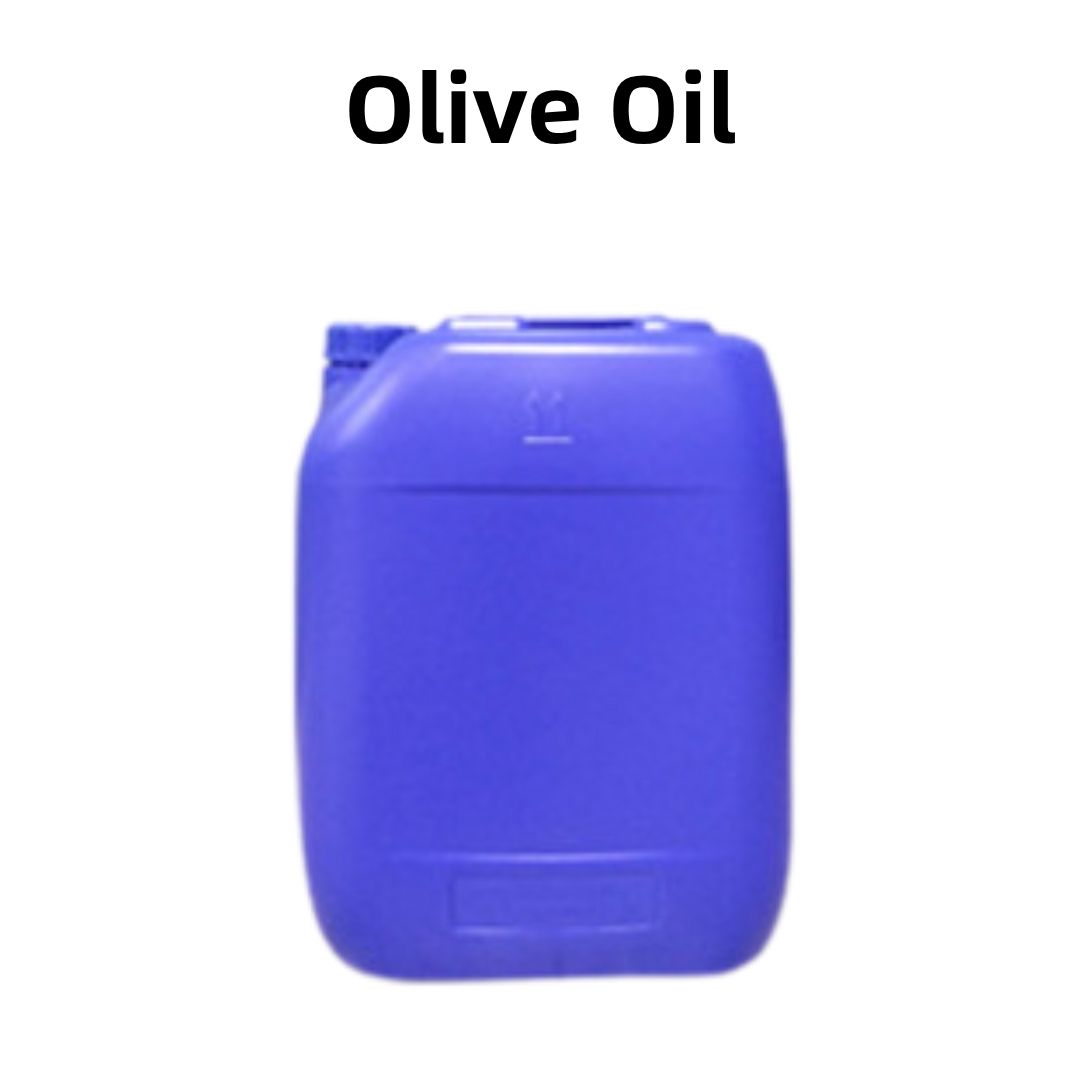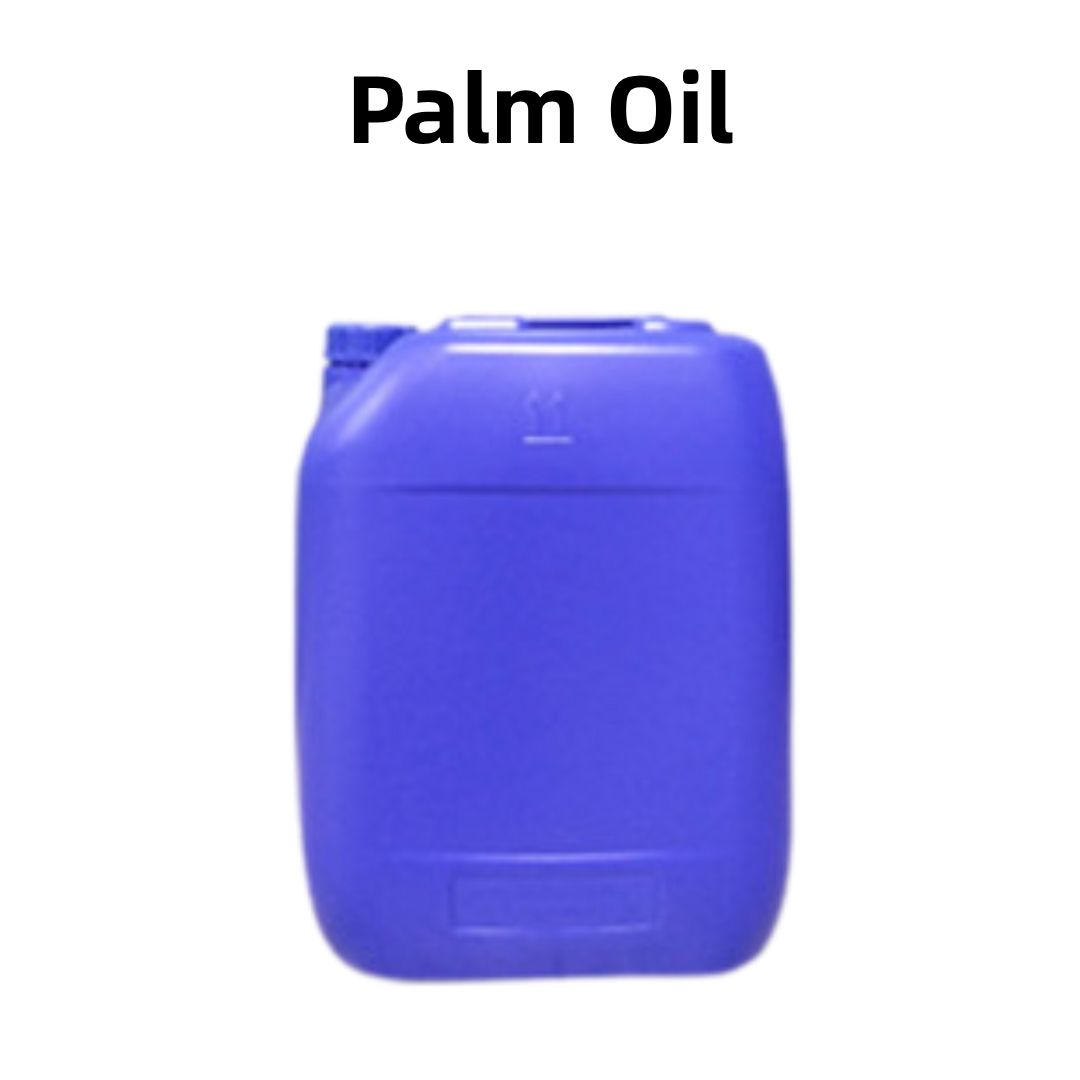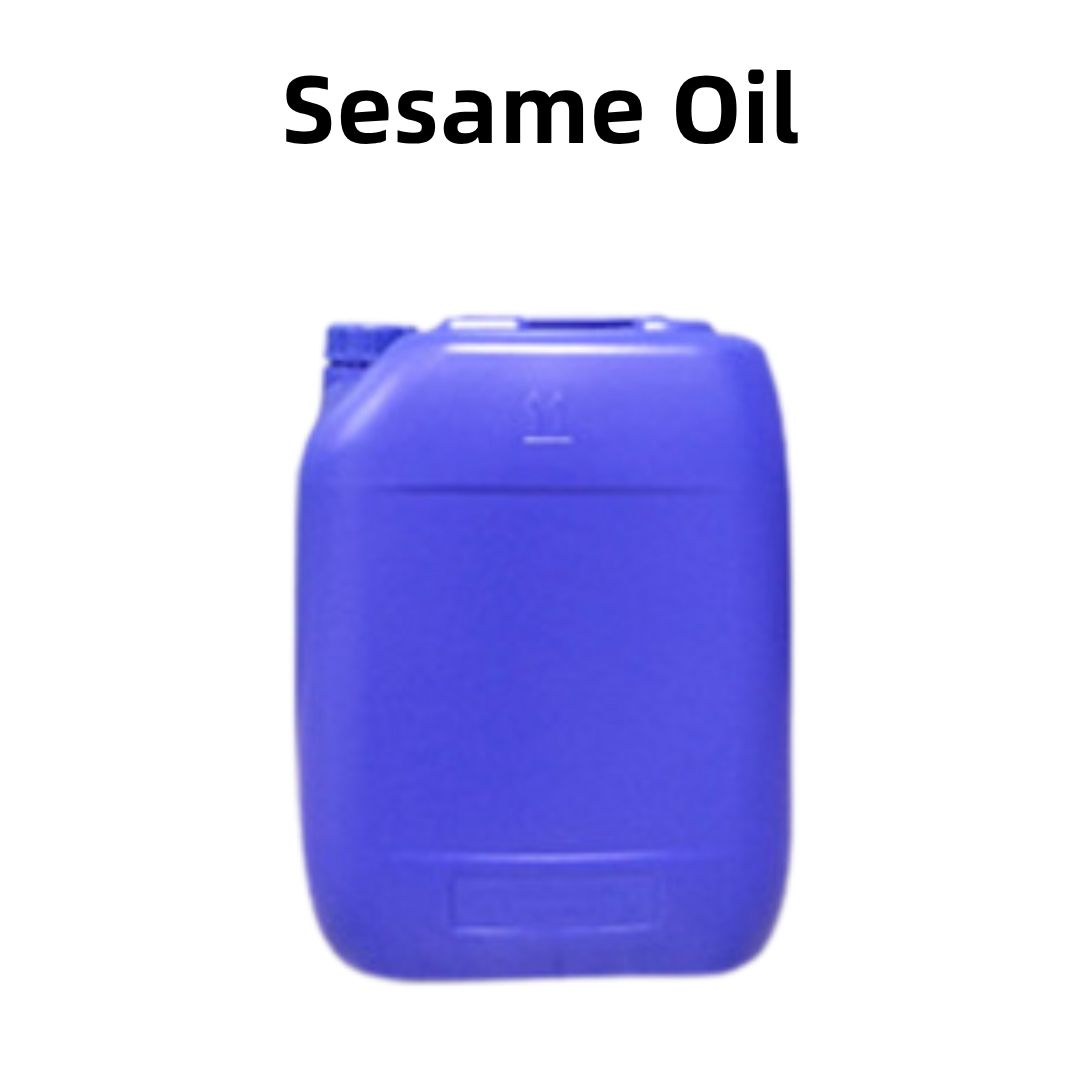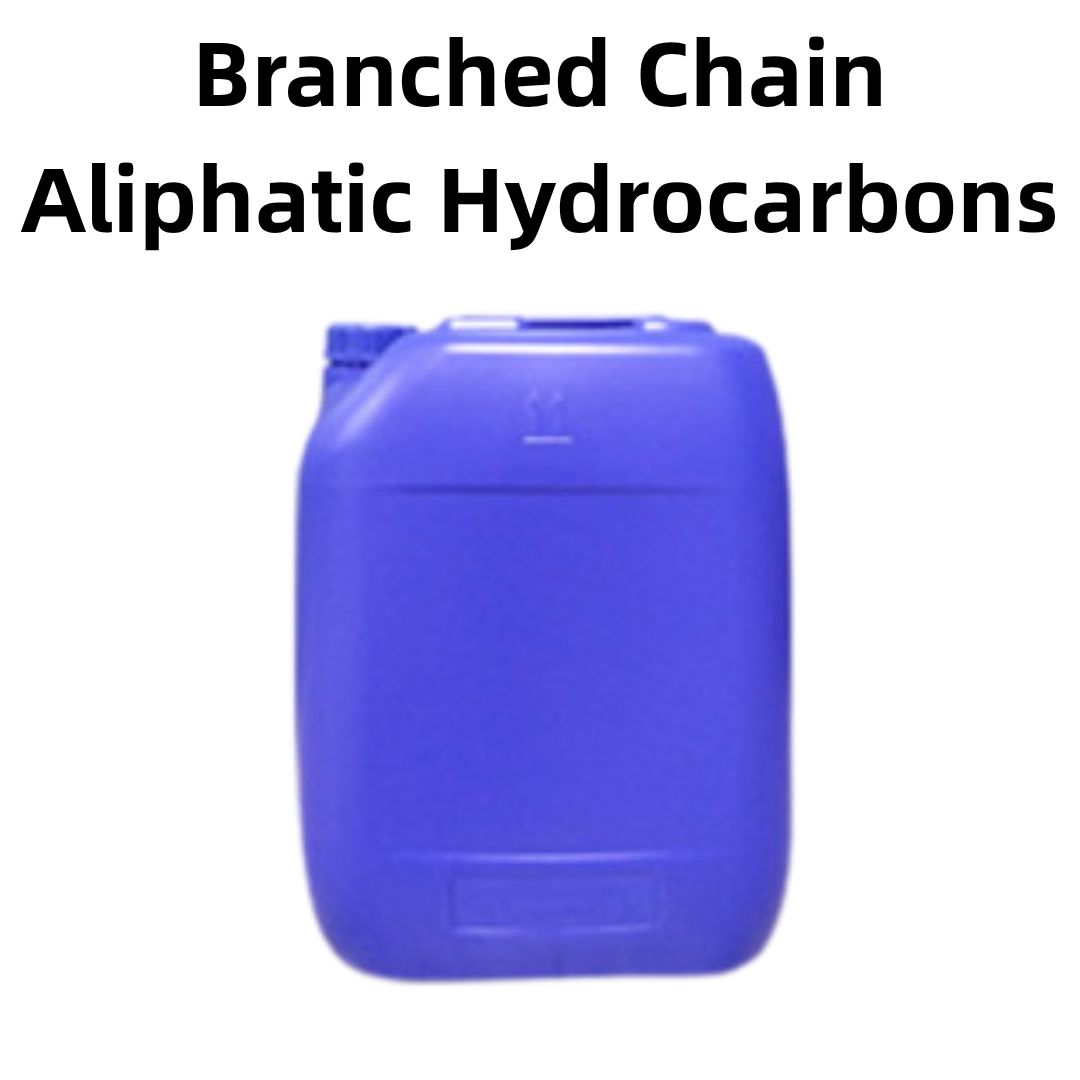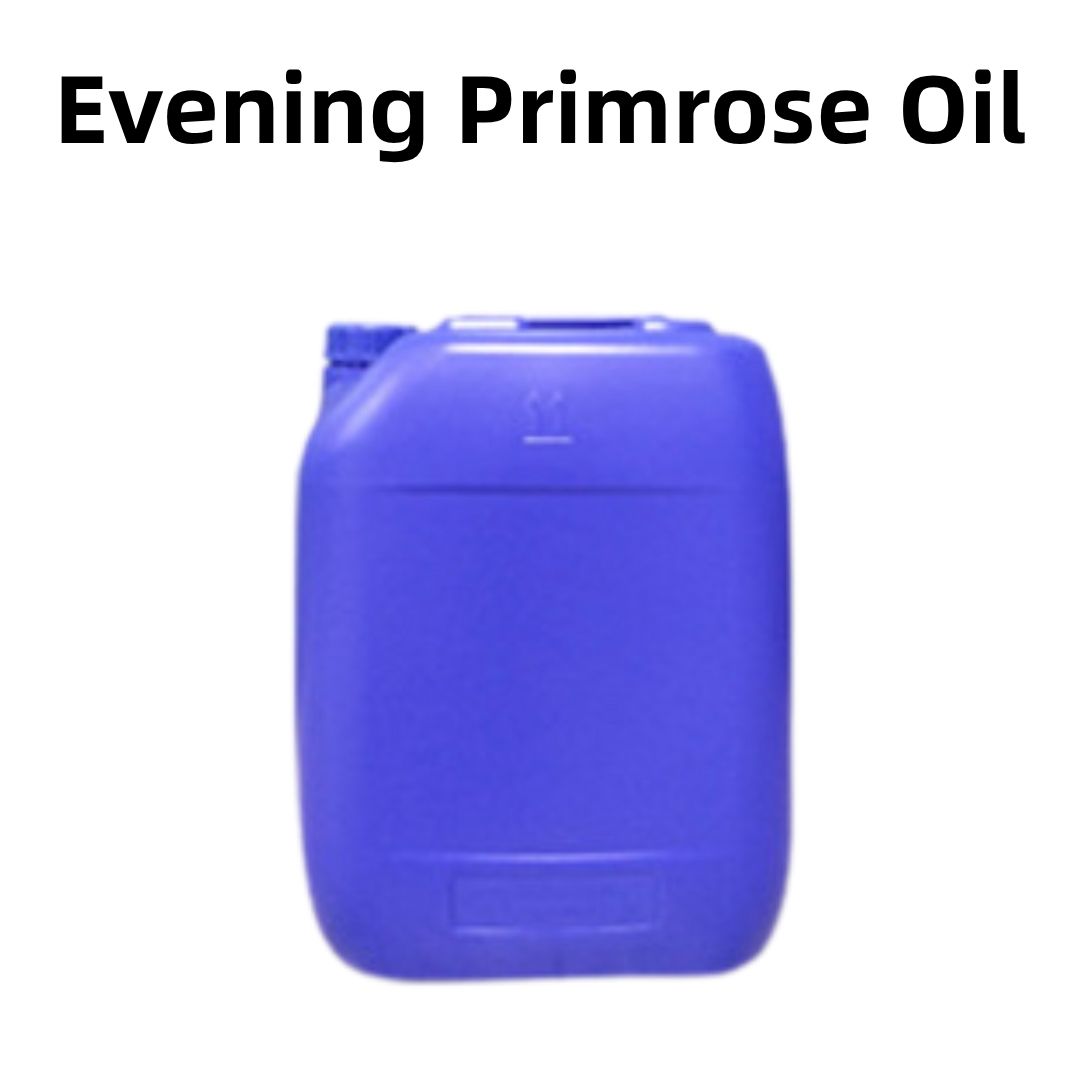Product Introduction
Lanolin, known as wool fat, is a natural substance derived from the sebaceous glands of sheep. It is primarily composed of fatty acids and alcohols, making it an effective moisturizer. Its unique composition allows it to closely mimic human skin oils, providing excellent skin nourishment. Lanolin is widely used in various cosmetics and personal care products due to its protective and emollient properties.
Production Process
The production of lanolin involves the extraction and refinement of the natural oils found in sheep's wool. After shearing sheep, the wool is washed to remove impurities. The lanolin is then separated from the wool through a process involving steam distillation or solvent extraction. Further refinement ensures the removal of any residual contaminants, resulting in a pure and safe product suitable for cosmetic use.
Efficacy and Function
Lanolin acts as an effective emollient, forming a barrier on the skin that helps retain moisture. It also aids in soothing chapped or dry skin by reducing water loss. Its compatibility with human skin makes it ideal for hydrating and nourishing formulations. Additionally, lanolin has anti-inflammatory properties, making it beneficial for sensitive or irritated skin.
Application Scenarios
Lanolin finds use in creams, lotions, balms, and ointments. Its thick, creamy texture makes it suitable for products like lip balms, hand creams, and diaper rash ointments. It is also utilized in hair care products to enhance shine and manageability. Lanolin can be found in both consumer goods and pharmaceutical preparations, demonstrating its versatility across multiple applications.
Packaging and Transportation
- Storage Conditions: The product should be sealed, protected from light, kept away from high temperatures, and stored in a dry, cool, and well-ventilated place.
- Packaging: Bulk packaging is 25kg per drum, sample packaging is 1kg per bottle, and custom packaging is available upon request.
- Shipping Methods: FedEx, DHL, dedicated logistics, and sea freight consolidation.
- Shelf Life: Two years.
Monica Sun’s expertise in the cosmetic ingredients industry spans emulsifiers, active components, and plant-based raw materials development and application. She is dedicated to integrating science and nature, providing high-performance and eco-friendly ingredient solutions for skincare and personal care products.









